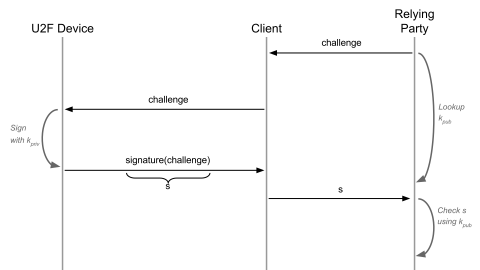Introducing Splunk Attack Range v1.0
The Splunk Attack Range project has officially reached the v1.0 release. By achieving this milestone, we wanted to reflect on how we got here, what features we’ve built for v1.0 and what the future looks like for Splunk Attack Range. What is the Splunk Attack Range? 🧐











